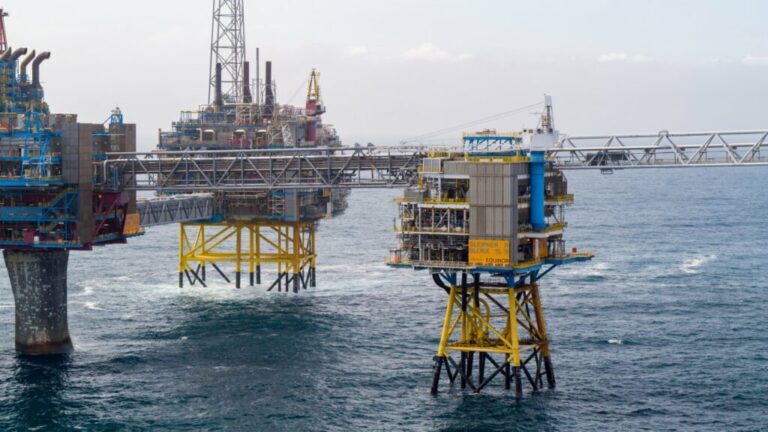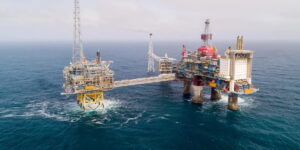Home Fossil Energy Electrification of North Sea field lends a helping hand to Poland’s energy giant in slashing emissions
PGNiG Upstream Norway (PUN), part of Poland’s Orlen Group, has welcomed the recent partial electrification of an Equinor-operated gas field in the Norwegian sector of the North Sea as a surefire way to curb CO2 emissions in this area on the Norwegian Continental Shelf (NCS). This also assists the Polish player in reaching its own emission reduction goals.
 Sleipner field in the North Sea; Credit: Øyvind Gravås and Bo B. Randulff/Equinor
Sleipner field in the North Sea; Credit: Øyvind Gravås and Bo B. Randulff/Equinor
Equinor recently took further steps to cut carbon emissions from the NCS by 160,000 tons of CO2 per year with power from shore through the partial electrification of assets on Utsira High, including the Sleipner field center, the Gudrun platform, and other associated fields.

Posted: about 1 month ago
Orlen sees the connection to clean energy generated onshore of another production installation in Norwegian waters, which it uses, as further progress in its decarbonization efforts since about two-thirds of the gas production of PGNiG Upstream Norway in 2024 will be carried out using facilities powered from shore.
Furthermore, the electrification of the Sleipner field in the North Sea is expected to enable the phase-out of two gas turbines that have provided the energy necessary for the operation of its installations. As a result, it is believed that the change will bring a reduction in CO2 emissions associated with oil and gas production since electric energy supplied from shore comes almost 100% from zero-emission, renewable energy sources, according to the Polish player.
The Sleipner area encompasses three gas and condensate fields – Sleipner Øst, Gungne, and Sleipner Vest – and processes hydrocarbons from the tie-in fields: Sigyn, Volve, Gudrun and gas from Gina Krog. The installations on this North Sea asset include the processing, drilling, and living quarter platform (Sleipner A), the unmanned production platform (Sleipner B), and the processing and CO2 removal platform (Sleipner T).
Orlen underlines that PGNiG Upstream Norway holds an approximate 25% stake in Sleipner, which provides the company with access to more than 26 million barrels of oil equivalent remaining recoverable reserves. In 2024, the firm will produce 3.4 Mboe of hydrocarbons from Sleipner, which has now been electrified with a 28-km long subsea power cable connected to the Gina Krog platform that has been supplied with power from shore since 2023.
Apart from Sleipner and Gina Krog, PGNiG Upstream Norway is a license partner in two other fields powered from shore – Ormen Lange and Duva – and the total production from all of Orlen’s electrified fields is anticipated to exceed 3 bcm of gas in 2024. Therefore, around 66% of total gas production by its Norwegian subsidiary will be carried out using facilities powered by almost zero-emission energy.
In addition, the company is in the process of developing the Aker BP-operated Fenris field and the Yggdrasil production area, which will be supplied with onshore energy from the very start of operations. Orlen’s PUN also set the wheels in motion to get an interest in the Idun Nord field and expand its holdings in the Adriana and Sabina discoveries at the end of last year in exchange for the transfer of a minor part of its interest in the Ærfugl Nord field to Wintershall Dea.
>>> Read full article>>>
Copyright for syndicated content belongs to the linked Source : OffshoreEnergy – https://www.offshore-energy.biz/electrification-of-north-sea-field-lends-a-helping-hand-to-polands-energy-giant-in-slashing-emissions/































